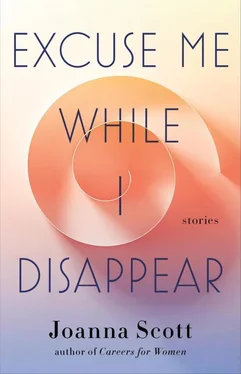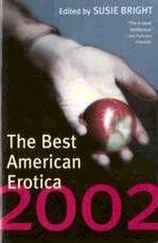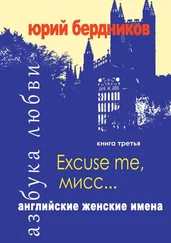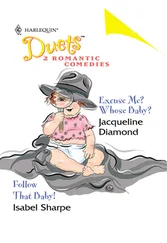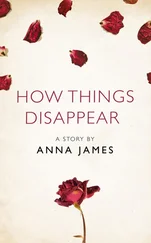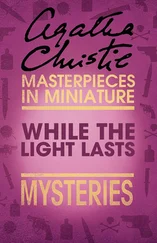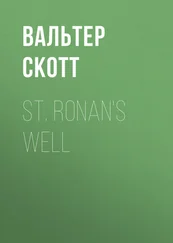He has the mistaken sense that he belongs there. Perhaps it is his confidence that allows him to move unnoticed among the strangers. He spots the deliveryman halfway up the stairs, with the first of the four wooden boxes from his cart. Francesco picks up the second box. Staggering under its weight, he manages to carry it up the long marble staircase. On his descent, the deliveryman casts a puzzled glance at Francesco but does not object to the help. Francesco leaves the box in the hallway on the upper floor and descends to fetch another box. The man and the boy pass once more on the stairs. When Francesco arrives on the upper floor with the fourth box, the man is waiting for him. He directs the boy to carry the boxes one by one across the hall while he stands aside, looking on with folded arms, happy to have found himself a servant.
In the room where Francesco stacks the boxes are rows of desks, their surfaces tilted at a slight angle. At every desk is a man of indeterminate age, his face hidden by a hood. These aren’t the familiar hoods of monks; these are the same striped robes worn by the strangers on the ground floor. As Francesco draws nearer, he gets a better look at what he takes to be canvases and sees that they contain black lines of different shapes, some circular, some straight, some bisected with other lines, some that look like snakes. The shapes are arranged as neatly as the rows of desks across the room. The men are working silently, copying the shapes from one page onto another. Some of them are biting their lower lips in concentration, others are squinting, some look bored, some are smiling, and one actually stops his work and covers his mouth with his hand to hold back a giggle.
The deliveryman clears his throat and makes an announcement to the room, in the same strange language the men were speaking on the ground floor. One of the hooded men leaves his desk and goes to the boxes. He opens the lid to inspect the contents, lifting out a small white square made of the thinnest material Francesco has ever seen.
The dreaming boy doesn’t yet know, but will learn soon enough, that the material in the boxes is paper from Genoa, and the pictures being copied by the men are letters of the Latin alphabet.
2.
Today, anyone is allowed into the Fondaco dei Tedeschi during business hours. You can shop for sunglasses, designer shoes and handbags, Italian specialty foods, perfumes and cosmetics, scarves and other fashion accessories. There is a red, timber-clad escalator that will carry you up to the higher floors so you don’t have to climb the stairs as Francesco did in the fifteenth century. There are also small elevators into which you can squeeze yourself with a dozen other tourists. From the crenellated rooftop, you can take selfies and look out over Venice. You will see the Frari, the Rialto, the snaking Grand Canal, the domes of San Marco. Back on the ground floor, you might want to treat yourself to an expensive cappuccino or an Aperol spritz in the café.
We know that in Francesco’s day the Fondaco was used as a warehouse for Bavarian merchants, who stocked imported goods for trade with the Venetians. Less well known is the fact that the Fondaco also housed a commercial book-production business. Dozens of scribes copied manuscripts by hand, and binders sewed them into books, producing inexpensive cloth editions numbering in the hundreds, filling shelves around Europe in the decades before the invention of the printing press.
It was in the copy shop of the Fondaco dei Tedeschi where our little friend arrived that day in 1442. It was here that Francesco made himself at home, taking a seat on a bench beside the scribes when they gathered in an adjacent room for their midday meal, helping himself to bread and soup. Those who wondered about the unfamiliar boy in their midst figured he must have belonged to someone. Only toward the end of the day did the head stationer approach him. He asked him a question, which the boy didn’t understand since the stationer was speaking German. But Francesco had an answer ready nonetheless. He retrieved a reed from an unoccupied desk. He dipped the reed in ink and made crisscrosses and circles that were not unlike the decorations he saw the scribes producing on their own. He was good at imitation and would only get better.
The head stationer looked at Francesco with new interest. On a blank portion of the paper, he drew two sides of a triangle, open at the bottom, with a horizontal line connecting their midpoints.
In the local dialect, the stationer asked, “Do you know what an A is, boy?”
“Yes,” Francesco lied.
3.
Four years later, the robe that used to cover Francesco’s ankles now only reaches his knees. He can copy any written character, from Egyptian hieroglyphs to Hebrew. Mostly he copies in Latin and Italian. He would be the fastest scribe at the Fondaco if only he weren’t so prone to daydreaming. But even accounting for his tendency to pause and stare off into the distance, he can be counted upon to cover a full fold of pages, or quire, in a day.
He writes economically, fitting as many letters as possible onto the page, making the lines clear, lean, easy to read. One dip of ink produces a vertical line and the foot to make a capital L, the next line rotates into an o . When ink bleeds away from the letter, Francesco swoops in with the blade of his knife to quickly scrape off the stain before continuing.
Now that he can read multiple languages, he can’t resist reading whatever he is copying, whether it is an inventory of dry goods or the letters of Cicero. He can tell you how much the local merchants jack up their prices, and the proper way to hold a sword. He can also tell you what Juno did whenever she discovered her husband was cheating on her. He has wept over the death of Orpheus, imagined chasing nymphs through the woods, and pinched his thigh to make sure he, too, wasn’t turning into a flower.
Today, as it happens, he is copying verses about a poet’s journey through the Underworld. With sunlight pouring through the high windows of the room, Francesco pictures himself disembarking from a rowboat and scrambling up a riverbank. He feels a prickle on his neck and scratches himself there, thinking he has been bitten by a mosquito. There is no mosquito. But imagine spending eternity trying to slap away insects, or slogging through a mud so thick you can’t even lift out your feet! Even worse is finding yourself braced against a huge boulder, pushing it uphill to keep it from rolling back and crushing you! He can feel the sharp, uneven surface of the rock against his cheek. He must keep pushing, but he can’t, but he must…
Unless, considers Francesco, he can figure out how to escape. Impossible, as long as the devil is watching over his dominion. Francesco considers: To distract the devil, one needs a temptress. What would she look like? He has never met a woman who would be entirely suitable for this, so he has to make her up. Let’s see… in the boy’s imagination she wears a dress the color of the lagoon at dawn, she is as tall as a bell tower, her dark curls are piled on her head like a crown, and there are…
diamonds woven in her lashes.
Francesco blinks, startled to read these new words on the page. How did they get on the paper? He put them there.
It isn’t the same as forgetting a letter in a word, or inadvertently turning an a into an e . This is much worse! He looks furtively around, afraid that his guilt is visible. The head stationer has his back to him, and the other scribes remain absorbed in their work. They have not guessed Francesco’s crime.
He resumes his work, relieved that his secret is safe. He rereads what he has just written. He has only to copy more of the book, and his own words will blend with the others.
Читать дальше
